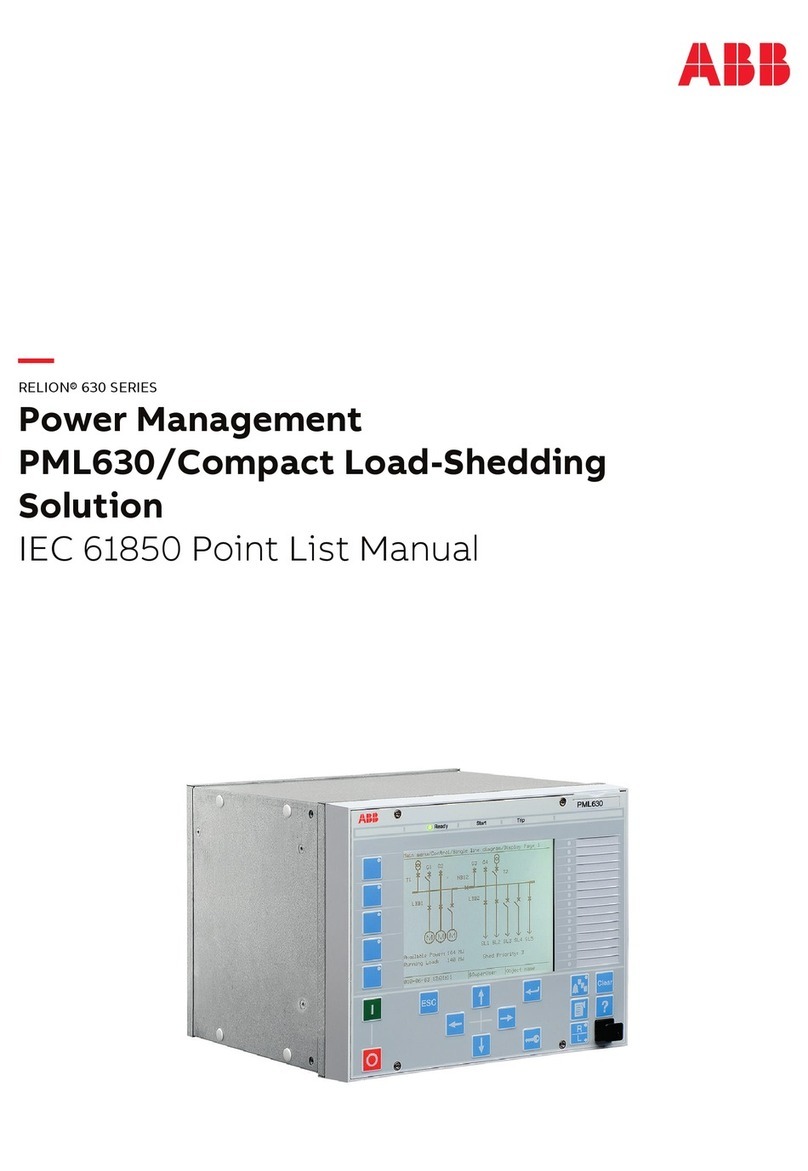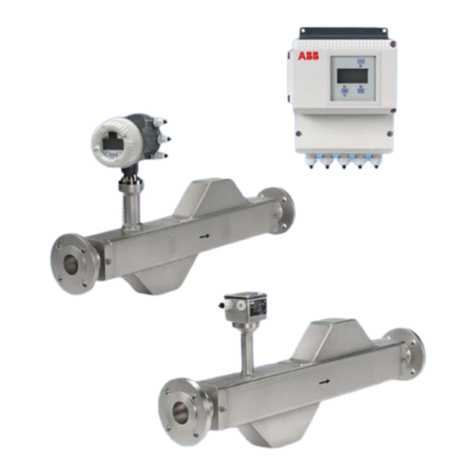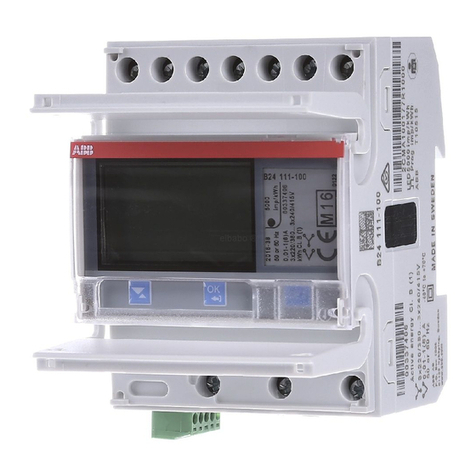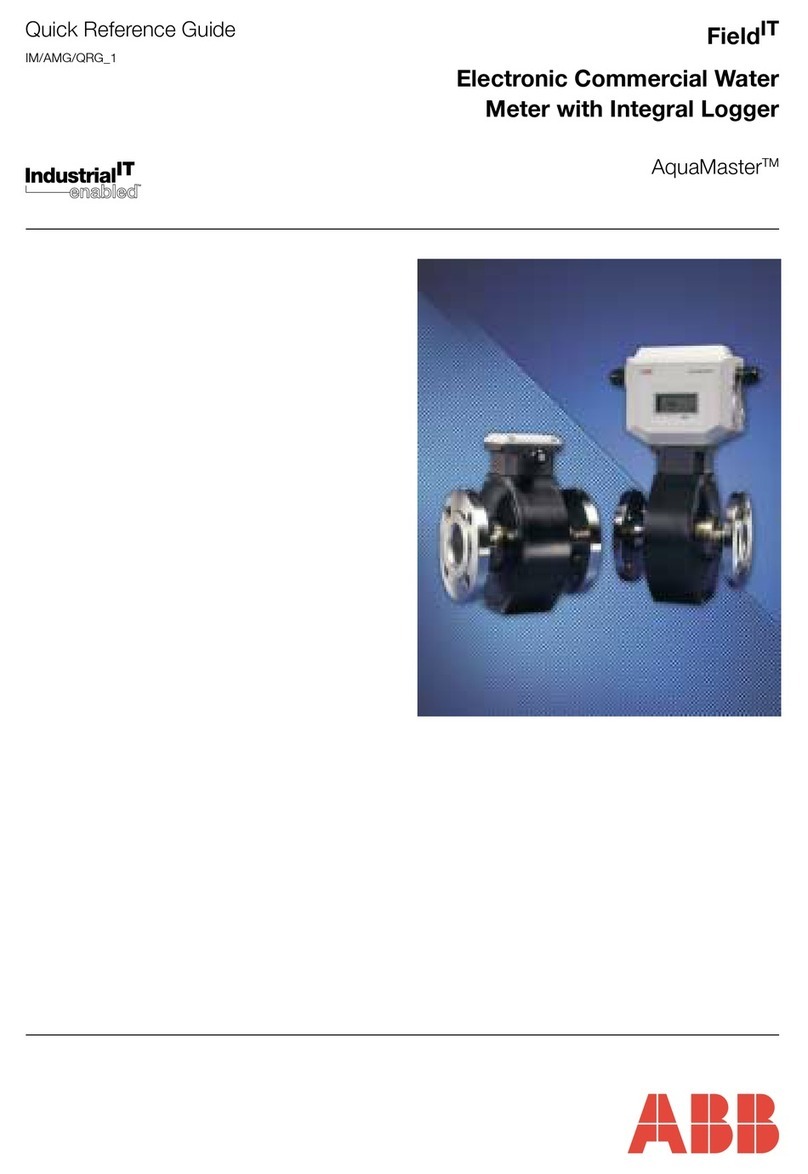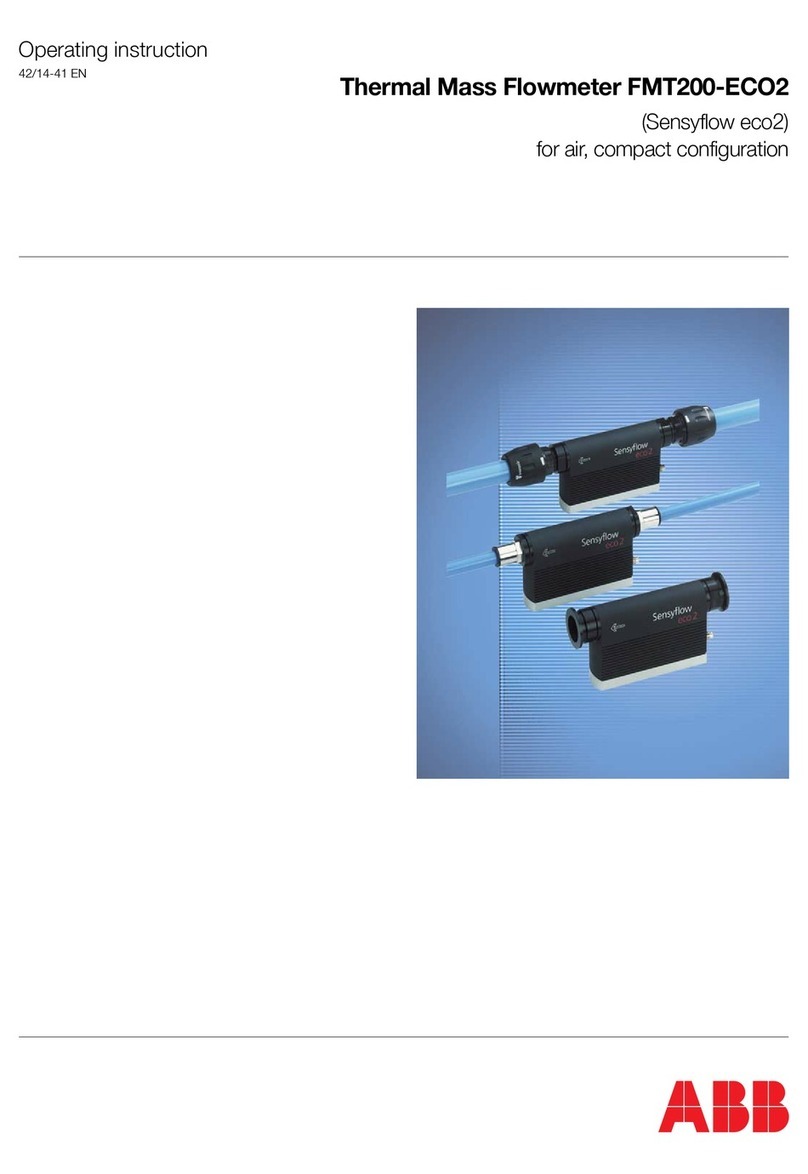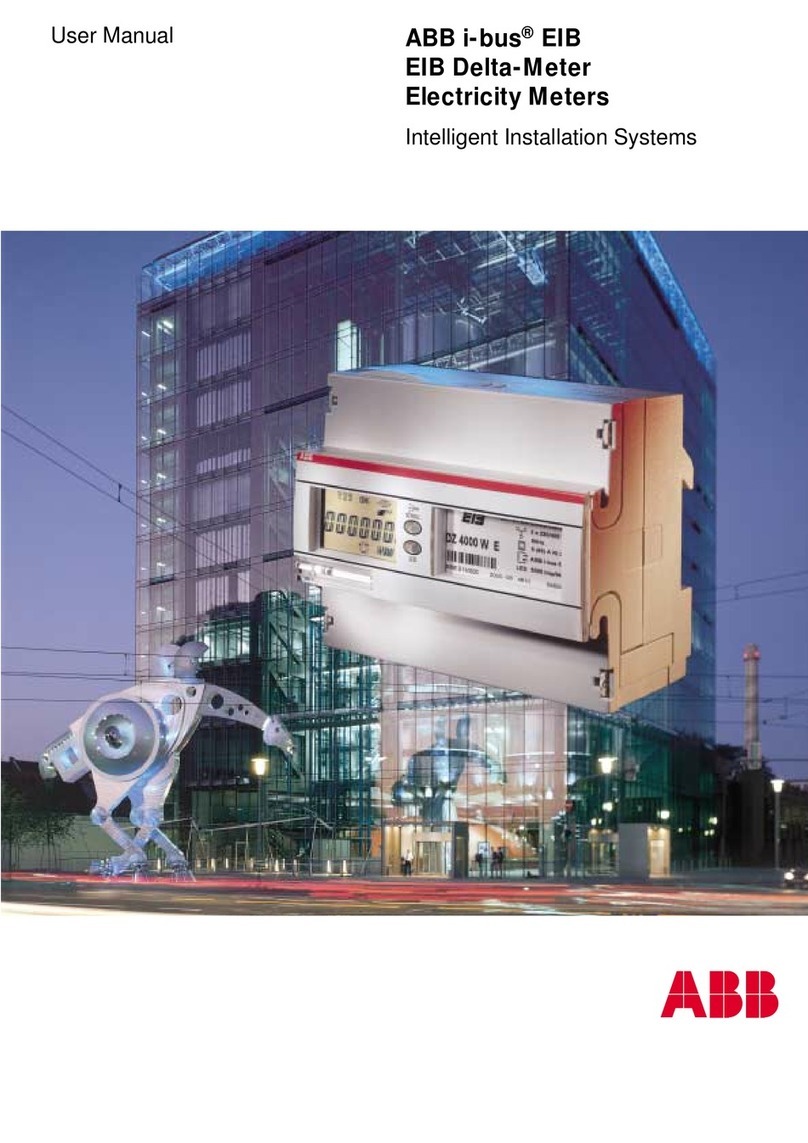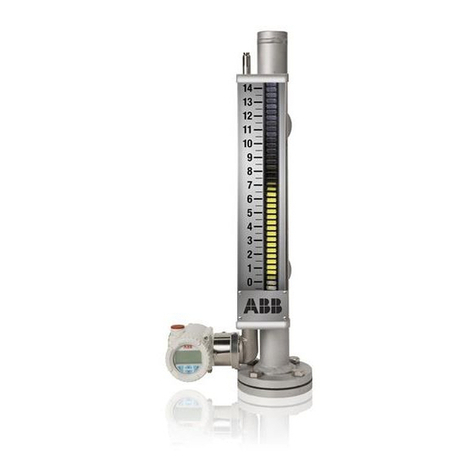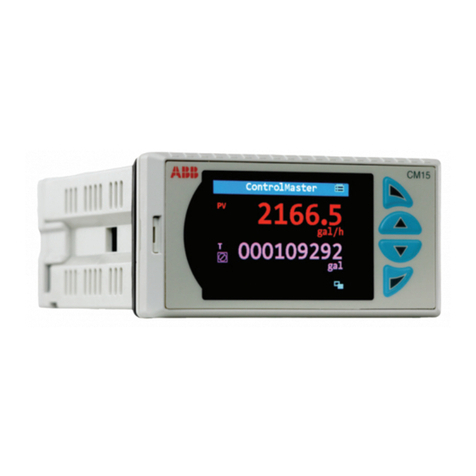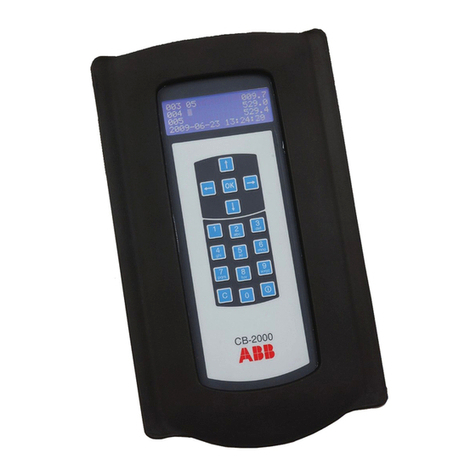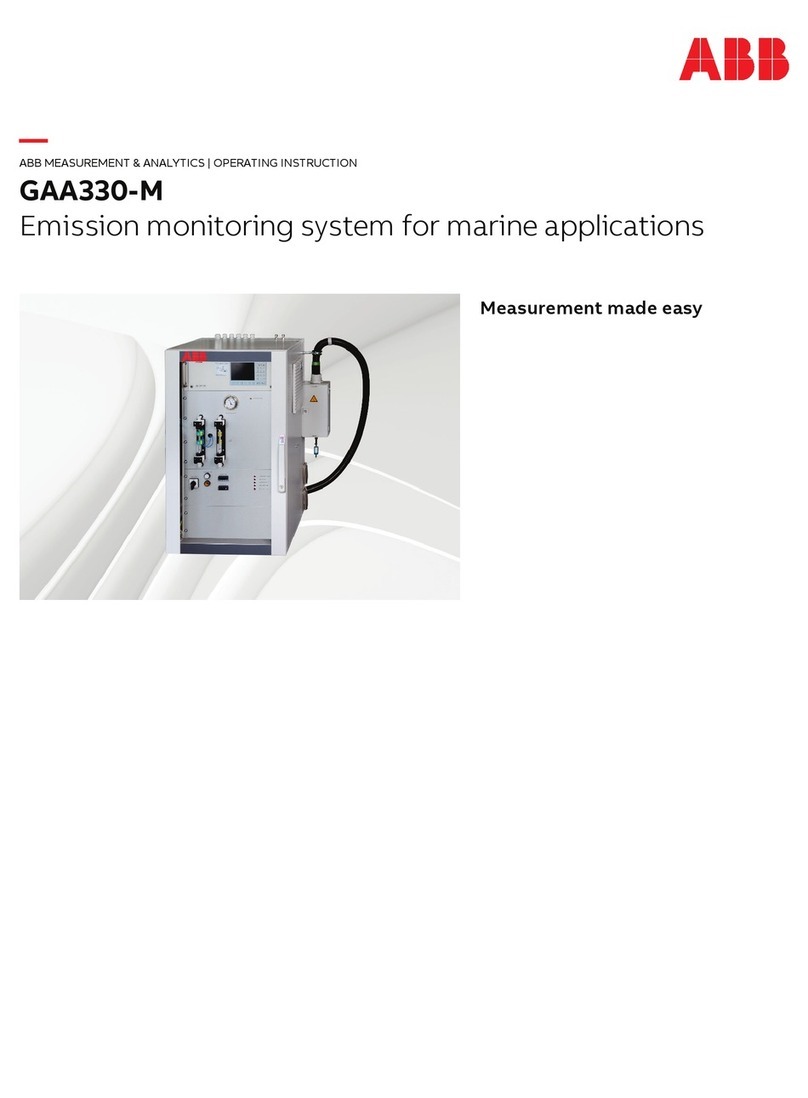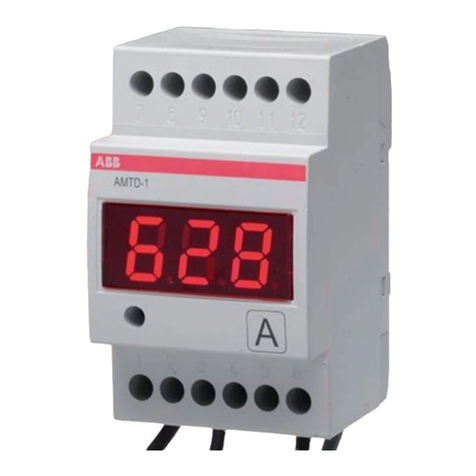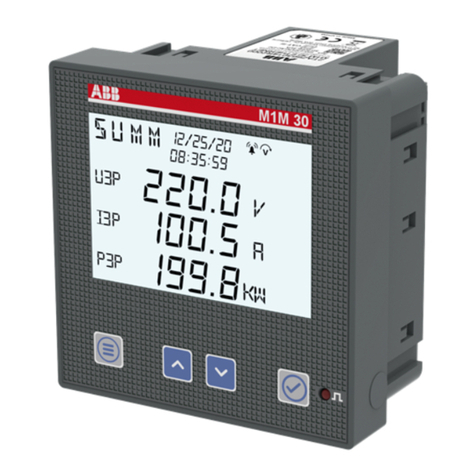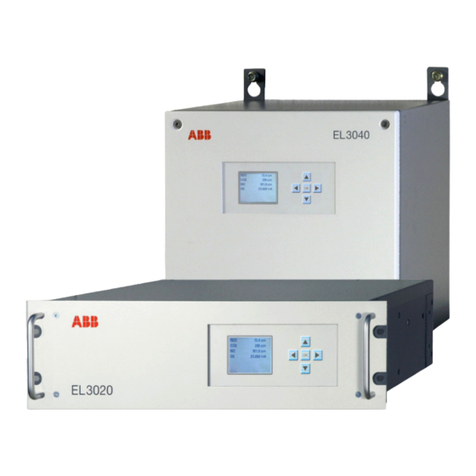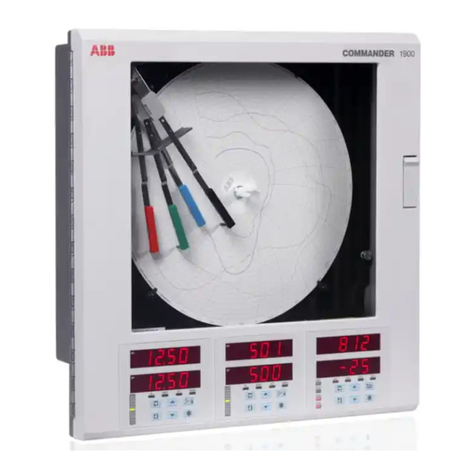
1
CONTENTS
Section Page Section Page
1 INTRODUCTION ..............................................................2
1.1 Description...............................................................2
1.2 Training ....................................................................2
1.3 Location and Function of Main Components ...........2
2 INSTALLATION................................................................3
2.1 Accessories .............................................................3
2.2 Location ...................................................................3
2.3 Mounting ..................................................................3
2.4 Sampling Requirement ............................................3
2.5 Sample Connections................................................3
2.6 Connections, General ..............................................4
2.7 External Electrical Connections ...............................5
2.8 Relay Contact Protection and Interference
Suppression ..........................................................6
3SETTING UP ....................................................................7
4LIQUID HANDLING SECTION ........................................8
4.1 Principle of Operation ..............................................8
4.2 General Operation ...................................................9
5ELECTRONICS SECTION...............................................9
5.1 Electronic Layout .....................................................9
5.2 User Junction Box....................................................9
5.3 Microprocessor Unit.................................................9
5.4 Front Panel Controls..............................................10
5.5 Displays .................................................................10
5.6 L.E.D. Indication ....................................................10
6 PROGRAMMING ........................................................... 11
6.1 Normal Operation ..................................................12
6.2 Programming Pages ..............................................12
6.2.1 Operating Page 1 ....................................13
6.2.2 Operating Page 2 ....................................14
6.2.3 Security Code Page ................................15
6.2.4 Set Up Input Page ...................................16
6.2.5 Current Output Page ...............................17
6.2.6 Set Up Alarms Page ................................20
6.2.7 Set Up Clock Page ..................................22
6.2.8 Calibration User Code Page....................24
6.2.9 Set Up Temperature Control Page ..........25
6.2.10 Electrical Calibration..............................25
6.2.11 Electrical Calibration Page.....................26
7 CALIBRATION ...............................................................29
7.1 Calibration Sequence ............................................29
8 MAINTENANCE .............................................................30
8.1 Chemistry...............................................................30
8.1.1 Reagent Solution .....................................30
8.1.2 Standard Solutions ..................................30
8.1.3 Reference Salt Bridge Solution ...............30
8.2 Scheduled Servicing ..............................................30
8.2.1 Regular Visual Checks ............................30
8.2.2 Four Weekly ............................................30
8.2.3 Four Monthly ...........................................31
8.2.4 Twelve Monthly........................................31
8.2.5 Cleaning Sample Pipework .....................31
8.2.6 Consumables Spares Kit .........................32
8.2.7 Fitting the Electrode ................................32
8.2.8 Peristaltic Pump ......................................33
8.2.9 Replacement of Plumbing Tubing ...........33
8.3 Shutdown Procedure .............................................34
8.3.1 Short Term ...............................................34
8.3.2 Long Term................................................34
8.4 Unscheduled Servicing ..........................................34
8.4.1 Malfunction of the Monitor .......................34
8.4.2 Monitor Diagnostic Information................35
8.5 Refurbishing the Electrode ....................................35
8.6 Microprocessor Unit Error Messages ....................36
9 SPECIFICATION ............................................................37
10 SPARES LIST ..............................................................38
APPENDIX A – REPLACING SOFTWARE EPROM...........40
A.1 Access the Transmitter Unit ..................................40
A.2 Access the PCB ....................................................40
A.3 Removing the PCB................................................41
A.4 Changing the EPROM...........................................41
A.5 Completing the Procedure.....................................41
NOTES.................................................................................42

